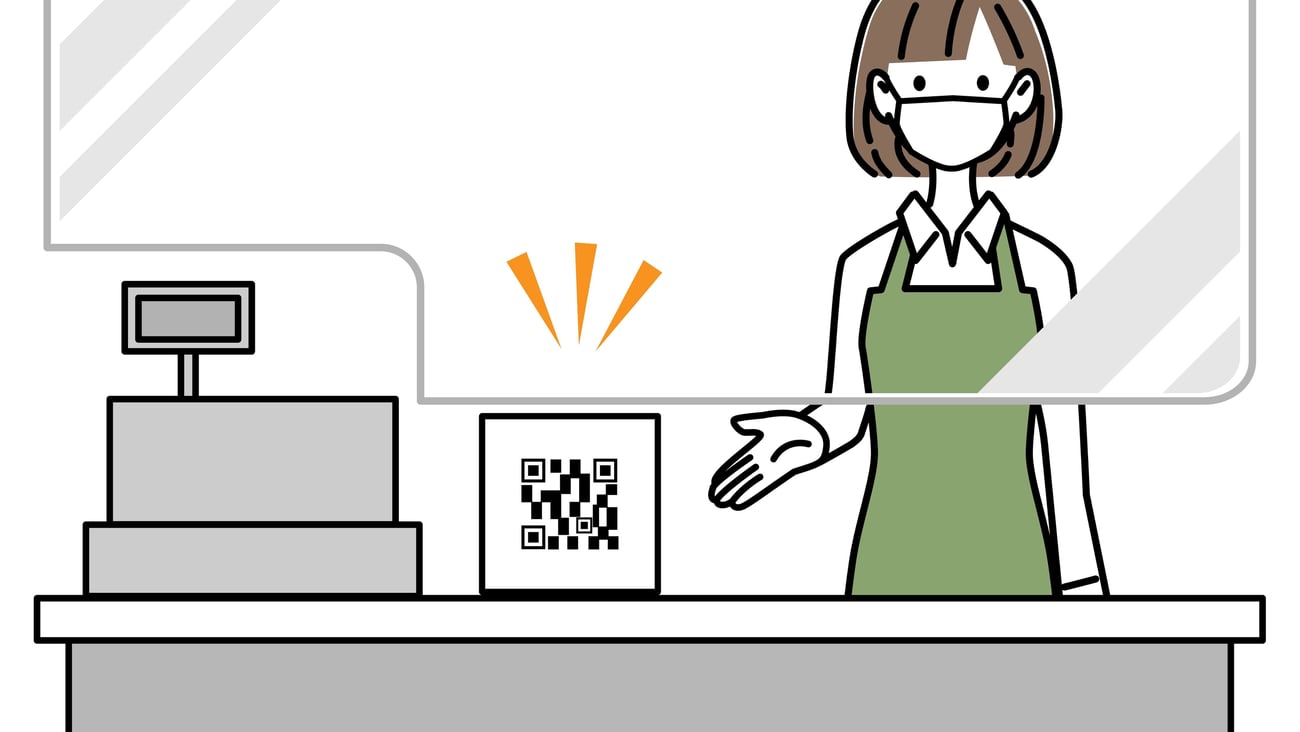Tackling labour shortages in C&G
It's no secret: retail is notoriously known for having high staff turnover. Front-line retail staff turnover, particularly in convenience stores, is often 100% or greater. That means that all the front-line employees working for you today, might not be working in your store in one year from now, then the process of attracting and hiring new employees happens all over again…ugh!
Not only is the toll of recruiting and hiring a challenge for already time-starved owners and managers, but also the total cost of employee turnover for businesses is high and impacts the bottom line.
The cost of turnover for an average store associate is estimated to be about $3,500. Moreover, statistics demonstrate that two out of three employees who leave during that first year, do so in the first six months.
Why do employees leave?
A recent survey examined the reasons employees voluntarily left an organization and found that the majority of challenges could have been prevented by the employer. According to the Work Institute, 2020 Retention Report, top reasons include:
· Manager behaviour
· The work environment
· Work-life balance
· Job characteristics
· Employee well-being
· Compensation
Understanding these issues helps determine what strategies can be put in place to recruit, attract, retain and motivate employees.
1. Employees want to feel safe
Due to the nature of convenience stores, the working hours often involve evening and night shifts. Layer the more recent concerns regarding exposure to COVID-19, and keeping employees safe becomes even more important. Management should instill confidence in their employees by including COVID-19 safety in their training and equip stores with HD cameras and emergency buttons. In addition, establish a policy that puts management and employees on the same side—customer frustrations and management passivity can be a major point of friction, especially with the anti-mask movement.
2. Recruiting tools and assessments
Large retailers have been utilizing technology and recruitment software tools for some time now. However, new tools are available for smaller chains and independent retailers. One such tool is a new app specifically targeted at hiring front-line retail called Swob. It works like a dating app: Recruiters can create a profile with job details, while potential employees create profiles with their qualifications. Using the app, recruiters or job searchers can search (or swipe) through qualified candidates using a variety of filters, including distance and availability. This means that a retail location can quickly fill vacancies, without a lot of downtime. Another tool is the Fascinate Assessment, which identifies optimal roles for each associate, predicts who will work best together, understands how each person manages their time and recognizes leadership qualities in high performers.
3. Referral and signing bonuses
Like a seed into a sapling, referral bonuses can help grow a retailer’s network by rewarding employees for recommending the business to their friends and family (with the obvious benefits of potential candidates having been vetted first by the employee). For example, online shoe retailer Zappos was well known for bonusing employees to refer friends and offered extra bonuses if the new hire stayed longer than one year. At the end of the year, paying the bonus is more cost-effective than turnover.
4. Training
Confusion over the job requirements should be put to rest during onboarding and training. Open the lines of communication from the start so employees are willing to raise their concerns rather than quit over them. The training should also clearly delineate what parts of the job employees will not be held responsible for. A major point of frustration for employees can be being asked to do something outside their job requirements—and especially not being compensated for it.
5. Perks—that are meaningful
Compensation is ranked one of the lowest reasons why employees leave an organization. While you don't have to offer the highest hourly rates, perks and going the extra mile to show that you truly care for your hourly team is very meaningful. According to Robert Half, a recruiter and employment agency, the top common work perks include, flexible work schedules, employee discounts and volunteer time off, which is when the company will sponsor employees to spend time volunteering in the community.
Retail continues to be challenged with a reputation for high turnover. However, utilizing these proven approaches to attract and retain your c-store employees is the first step in combatting turnover and creating remarkable retail teams.






